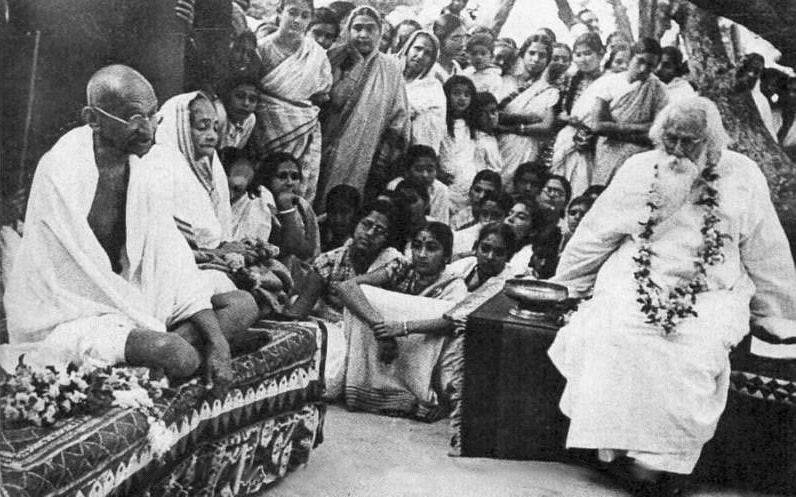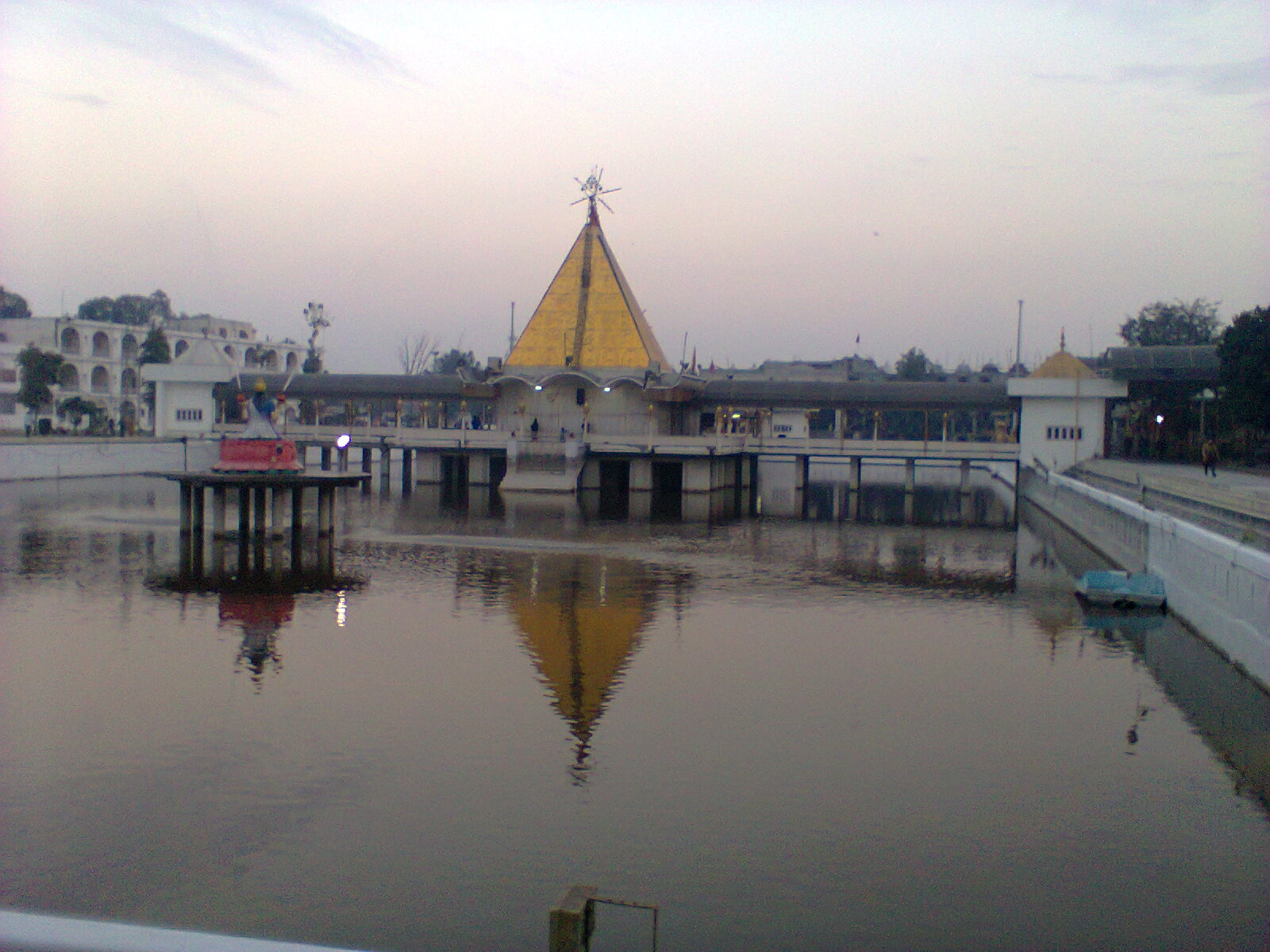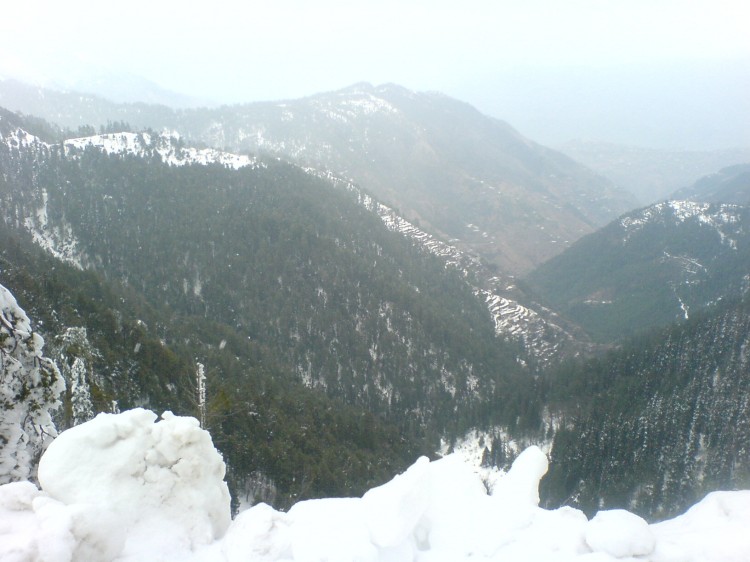|
Parikshat Sahni
Parikshit Sahni (born 1 January 1944) is an Indian actor who is known for playing the lead in TV series Barrister Vinod, '' Gul Gulshan Gulfaam'' ( Doordarshan) and ''Gaatha'' ( Star Plus). He has also appeared in three of Rajkumar Hirani's blockbuster films ''Lage Raho Munna Bhai'', ''3 Idiots'', and '' PK''. He is the son of actor Balraj Sahni and nephew of writer Bhisham Sahni. Early life He was born in Muree in the Rawalpindi District of the Punjab Province of British India (present day in the Murree District of Punjab, Pakistan), into a Punjabi Hindu family, while his father was teaching English at Visva-Bharati University in Shantiniketan of Rabindranath Tagore, and his mother was doing her Bachelors. Most of his schooling was done at the Lawrence school Sanawar. He then went to study at Delhi's St. Stephen's College. Later, Sahni began his career as a child artist. Personal life Sahni's parents were both theatre and film actors, although his mother acted in only a ... [...More Info...] [...Related Items...] OR: [Wikipedia] [Google] [Baidu] |
Mahabharata
The ''Mahābhārata'' ( ; sa, महाभारतम्, ', ) is one of the two major Sanskrit epics of ancient India in Hinduism, the other being the ''Rāmāyaṇa''. It narrates the struggle between two groups of cousins in the Kurukshetra War and the fates of the Kaurava and the Pāṇḍava princes and their successors. It also contains philosophical and devotional material, such as a discussion of the four "goals of life" or ''puruṣārtha'' (12.161). Among the principal works and stories in the ''Mahābhārata'' are the '' Bhagavad Gita'', the story of Damayanti, the story of Shakuntala, the story of Pururava and Urvashi, the story of Savitri and Satyavan, the story of Kacha and Devayani, the story of Rishyasringa and an abbreviated version of the ''Rāmāyaṇa'', often considered as works in their own right. Traditionally, the authorship of the ''Mahābhārata'' is attributed to Vyāsa. There have been many attempts to unravel its historical growth and c ... [...More Info...] [...Related Items...] OR: [Wikipedia] [Google] [Baidu] |
PK (film)
''PK'' () is a 2014 Indian Hindi-language fantasy comedy drama edited and directed by Rajkumar Hirani and written by Hirani and Abhijat Joshi, and jointly produced by Hirani and Vidhu Vinod Chopra under the banners Rajkumar Hirani Films and Vinod Chopra Films respectively. The plot follows an innocent alien (Aamir Khan) who lands on Earth but loses his communication device. He meets Jaggu (Anushka Sharma), a heartbroken reporter, and tries to find his device. With time, he raises many thought-provoking questions. After the success of ''3 Idiots'' (2009), Hirani and Joshi began scripting their next project; finding similarities with the plot of ''Inception'' (2010), they scrapped the film. It was later rewritten with a different angle and tone. During production, the film was initially titled ''Talli'' and later ''Ek Tha Talli'' before being changed to ''PK'' as the latter title was found to be too similar to ''Ek Tha Tiger'' (2012). The film's soundtrack was composed by Shantanu ... [...More Info...] [...Related Items...] OR: [Wikipedia] [Google] [Baidu] |
Anokhi Raat
''Anokhi Raat'' () is a 1968 Hindi film produced by L. B. Lachman and L. B. Thakur and directed by Asit Sen. The film stars Sanjeev Kumar, Zaheeda Hussain, Aruna Irani, Keshto Mukherjee and Parikshit Sahni. It has music by Roshan. The film has some outstanding songs that include "Oh Re Taal Mile", "Mahalon Ka Raja Mila", "Mile Na Phool To", and "Dulhan Se Tumhara Milan Hoga". Plot The events depicted in the film take place on a single night and results in several characters sharing their life stories. It is a fascinating depiction of some of the challenges faced by the poor and by women in Indian society, some of which continue to this day. Cast * Sanjeev Kumar as Baldev Singh * Zaheeda Hussain as Rama / Gopa * Tarun Bose as Madan Lal * Aruna Irani as Mrs. Prema Rai * Parikshit Sahni as Painter * Anwar Hussain as Ram Das Parikshit Sahni incidentally changed his screen name to Ajay Sahni at the suggestion of Sanjeev Kumar during the shooting of this film, before eventuall ... [...More Info...] [...Related Items...] OR: [Wikipedia] [Google] [Baidu] |
Mera Naam Joker
''Mera Naam Joker'' () is a 1970 Indian Hindi romance drama film, directed, edited and produced by Raj Kapoor under his banner R. K. Films, and written by Khwaja Ahmad Abbas. The film stars Raj Kapoor as the eponymous character, with his son Rishi Kapoor making his screen debut playing his younger version, along with Simi Garewal, Kseniya Ryabinkina, Padmini, Manoj Kumar and Dharmendra in supporting roles. The plot focuses on a clown who must make his audience laugh at the cost of his own sorrows; three women who shaped his life view his final performance. The film is one of the lengthiest films of Indian cinema. ''Mera Naam Joker'' is the second and to date last Hindi film to have two intervals, the first being '' Sangam'' (1964). After '' Sangam'' became a blockbuster, ''Mera Naam Joker'' was highly anticipated as it was under production for six years and heavily publicized, loosely based on Kapoor's own life. The film was partly made with the participation of Soviet actors ... [...More Info...] [...Related Items...] OR: [Wikipedia] [Google] [Baidu] |
Raj Kapoor
Raj Kapoor (pronunciation: �aːd͡ʒ kəpuːɾ born Shrishti Nath Kapoor; also known as Ranbir Raj Kapoor; 14 December 1924 2 June 1988) was an Indian actor, film director and producer, who worked in Hindi cinema. He is considered one of the greatest and most influential actors and filmmakers in Hindi Cinema. He is often referred to as ''The Greatest Showman of Indian Cinema''. He received multiple accolades, including three National Film Awards and 11 Filmfare Awards in India. The Filmfare Lifetime Achievement Award is named after Kapoor. He produced two films, ''Awaara'' (1951) and ''Boot Polish'' (1954), that competed for the Palme d'Or grand prize at the Cannes Film Festival. His performance in ''Awaara'' was ranked as one of the "Top-Ten Greatest Performances of All Time in World Cinema" by ''Time'' magazine. The Government of India honoured him with the Padma Bhushan in 1971 for his contributions to the arts. India's highest award in cinema, the Dadasaheb Phalke Award, ... [...More Info...] [...Related Items...] OR: [Wikipedia] [Google] [Baidu] |
Mid-Day
''Mid-Day'' (stylised as mid-day) is a morning daily Indian compact newspaper owned by Jagran Prakashan Limited. Editions in various languages were published in Mumbai, Delhi, Bangalore and Pune. In 2011, the Delhi and Bangalore editions were closed down. In 2014, Jagran Prakashan shut down the mid-day Pune edition as well. Establishment It was established in Mumbai in 1979 as a family-owned newspaper by Khalid Ansari. Later, his son, Tariq Ansari led the paper, before it was sold to Jagran Prakashan in 2010. A Sunday edition, ''Sunday Mid-Day'', began in 1981. The Newspaper underwent an overhaul, both of its print editions and the website, in early 2014, creating several new sections in the daily newspaper, the Sunday edition and the website. It founded Radio One (India), a radio station initially operating as Radio Midday in Mumbai, which was eventually acquired by HT Media in 2019. Relaunch of the newspaper and website in 2014 Originally, the newspaper published two edi ... [...More Info...] [...Related Items...] OR: [Wikipedia] [Google] [Baidu] |
Shantiniketan
Santiniketan is a neighbourhood of Bolpur town in the Bolpur subdivision of Birbhum district in West Bengal, India, approximately 152 km north of Kolkata. It was established by Maharshi Devendranath Tagore, and later expanded by his son, Rabindranath Tagore whose vision became what is now a university town with the creation of Visva-Bharati.Pearson, WW.: ''Santiniketan Bolpur School of Rabindranath Tagore'', illustrations by Mukul Dey, The Macmillan Company, 1916 History In 1863, Debendranath Tagore took on permanent lease of land, with two ( Alstonia scholaris) trees, at an annual payment of Rs. 5, from Bhuban Mohan Sinha, the talukdar of Raipur, Birbhum. He built a guest house there and named it ''Shantiniketan'' (the abode of peace). Gradually, the whole area came to be known as Shantiniketan.Basak, Tapan Kumar, ''Rabindranath-Santiniketan-Sriniketan (An Introduction)'', p. 2, B.B.Publication Binoy Ghosh says that Bolpur was a small place in the middle of the 19th ... [...More Info...] [...Related Items...] OR: [Wikipedia] [Google] [Baidu] |
Visva-Bharati University
Visva-Bharati () is a public central university and an Institution of National Importance located in Shantiniketan, West Bengal, India. It was founded by Rabindranath Tagore who called it ''Visva-Bharati'', which means the communion of the world with India. Until independence it was a college. Soon after independence, the institution was given the status of a central university in 1951 by an act of the Parliament. Overview ''The Hindu'' writes, "Santiniketan in many ways is still quite different compared to other universities in the country. Located at Bolpur in Birbhum district of West Bengal, the university still has the rural trappings that Tagore dreamt of. The classes are still held in the open under the shade of huge mango trees and students and tutors alike still travel by cycles to keep pollution at bay. The old buildings, even those that were made up of mud walls and thatched roofs, are still intact and find a place within the main campus. While some are preserved fo ... [...More Info...] [...Related Items...] OR: [Wikipedia] [Google] [Baidu] |
Punjabi Hindu
Punjabi Hindus are adherents of Hinduism who identify linguistically, culturally, and genealogically as Punjabis. While Punjabi Hindus are mostly found in the Indian state of Punjab today, many have ancestry from the greater Punjab region, an area that was partitioned between India and Pakistan in 1947. History Ancient The Punjabi people first practiced proto-Hinduism, the oldest recorded religion in the Punjab region. The historical Vedic religion constituted the religious ideas and practices in the Punjab during the Vedic period (1500–500 BCE), centered primarily in the worship of Indra. The bulk of the Rigveda was composed in the Punjab region between circa 1500 and 1200 BCE, while later Vedic scriptures were composed more eastwards, between the Yamuna and Ganges rivers. An ancient Indian law book called the Manusmriti, developed by Brahmin Hindu priests, shaped Punjabi religious life from 200 BCE onward. British colonial era Prominent Indian nationalists fr ... [...More Info...] [...Related Items...] OR: [Wikipedia] [Google] [Baidu] |
Murree District
Murree District (Urdu, ) is a district in the northernmost part of Punjab province of Pakistan, with it being headquartered in Murree city. It is a relatively new district established on 14 October 2022, and is a tourist district of Pakistan. It has two tehsils, Kotli Sattian and Murree. The district headquarters is Murree city. Administrative division Murree District is governed by the Murree District Council, while several regions sub-divided into one Municipal Corporation, two tehsil A tehsil (, also known as tahsil, taluka, or taluk) is a local unit of administrative division in some countries of South Asia. It is a subdistrict of the area within a district including the designated populated place that serves as its administ ...s: References Districts of Punjab, Pakistan Murree District {{Murree-geo-stub ... [...More Info...] [...Related Items...] OR: [Wikipedia] [Google] [Baidu] |
Punjab Province (British India)
Punjab was a province of British India. Most of the Punjab region was annexed by the East India Company in 2 April 1849, and declared a province of British Rule, it was one of the last areas of the Indian subcontinent to fall under British control. In 1858, the Punjab, along with the rest of British India, came under the direct rule of the British Crown. It had an area of 358,354.5 km2. The province comprised four natural geographic regions – ''Indo-Gangetic Plain West'', ''Himalayan'', ''Sub-Himalayan'', and the ''North-West Dry Area'' – along with five administrative divisions – Delhi, Jullundur, Lahore, Multan, and Rawalpindi – and a number of princely states. In 1947, the Partition of India led to the province's division into East Punjab and West Punjab, in the newly independent dominions of India and Pakistan respectively. Etymology The region was originally called Sapta Sindhu,D. R. Bhandarkar, 1989Some Aspects of Ancient Indian Culture: Sir William Meyers ... [...More Info...] [...Related Items...] OR: [Wikipedia] [Google] [Baidu] |
Rawalpindi District
Rawalpindi District ( Punjabi and ur, ) is a district located in the northernmost part of the Punjab province of Pakistan. Parts of the district form part of the Islamabad Rawalpindi metropolitan area. Rawalpindi city is the district capital. The district has an area of . Originally, its area was until the 1960s when Islamabad Capital Territory was carved out of the district, giving away an area of . It is situated on the southern slopes of the north-western extremities of the Himalayas, including large mountain tracts with rich valleys traversed by mountain rivers. The chief rivers are the Indus and the Jhelum, and it is noted for its milder climate and abundant rainfall due to its proximity to the foothills.Rawalpindi - Encyclopædia Britannica Eleventh Edition History Ancient history In ancient times the whole or the greater part of the area between the Indus and the Jhelum seems to have belonged to a Naga tribe called Takshakas, who gave their name to the city of ... [...More Info...] [...Related Items...] OR: [Wikipedia] [Google] [Baidu] |






